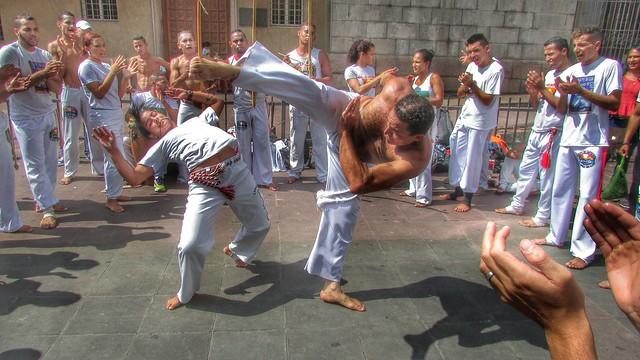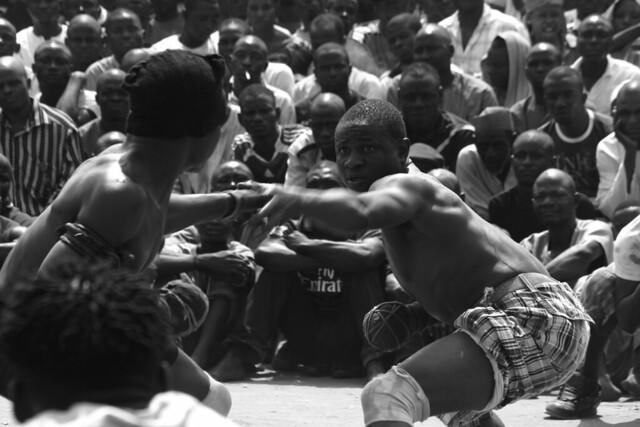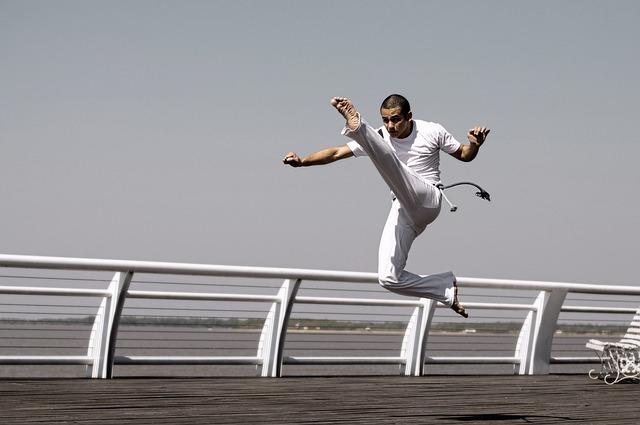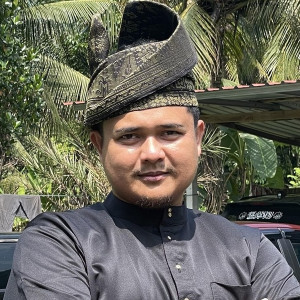When you mention martial arts, people generally tend to think of Kung fu, Karate or even Taekwondo. Since martial arts from Asia are so popular, these types of martial arts seem to dominate your thoughts when this subject is broached.
While many martial arts originate from the east, there are credible martial arts from the west such as boxing or the adaptation of eastern martial arts, American Kenpo which has been amended to suit the west.
There are so many types of martial arts these days, each with its unique combat styles and techniques. It may have started off as a form of self-defence but has evolved into sports and even a fitness routine. There are so many inspiring martial artists’ footsteps to follow such as Jigoro Kano, Masahiko Kimura and Bruce Lee.
If you are interested to learn martial arts but unsure which type is right for you, continue reading this article. We will explore some of the well-known martial arts in Europe, South America and North America.

Boxing
The earliest evidence of boxing comes from Egypt around 3000 BC. This sport was then introduced to the Ancient Olympics by the Greeks at the end of the 7th century BC. It has gained so much popularity as time passed that we have famous movies based on this martial art such as the Rocky series featuring Sylvester Stallone. Also not forgetting the televised sparring between world-class boxers.
The history of modern boxing is closely related to England. The first written record of what happened in a boxing match dates back to 1681. Clear rules had not been established at that point in time. They negotiated in advance before the fight, judges were appointed, and the winner received a cash prize for the battle. There were no weight and time allocations.
The fight between James John Corbett and John Lawrence Sullivan in 1892 is considered the official birth date of modern professional boxing. As boxing gained more attention and spread to other countries like the United States, it was broadcasted on radio and television.
Two types of boxing exist today which are amateur and professional boxing. Fundamentally, the difference lies in terms of remuneration, training, boxing style, and the format of the sport. The aim of professional boxing is entertainment, and big hits and knockouts are key. Amateur boxing is sport-oriented, and the aim is to score points.
There are currently 17 weight classes in men’s professional boxing that ranges from strawweight (105 lbs) to heavyweight (200+ lbs). There isn’t a universal agreement on professional women’s boxing weight classes but one of the common ones ranges from Pinweight (101 lbs) to Heavyweight (189 lbs and over).
Among the well-known names in this sport are Joe Frazier, George Foreman, Sugar Ray Robinson, Evander Holyfield, Rocky Marciano, Mike Tyson and Muhammad Ali who is considered one of the greatest boxers of all time.
Capoeira
Capoeira is a martial art from Brazil that combines elements of self-defence, dance, acrobatics and music. It is known for its fast and complex movements that utilise strong energy and the power of acceleration disguised in the dance. In 2014, it was recognised as one of the intangible heritage arts by UNESCO.

This traditional self-defence system began in Brazil with African slaves brought by the Portuguese to Brazil to work on large plantations. In the past, they practised with the accompaniment of traditional musical instruments to disguise the fact that they were practising combat moves.
The fundamental movement in Capoeira is called the Ginga which means sway in Portuguese and is vital for defence and attack purposes. There are two main styles of this martial art which are Angola and Regional. While Angola style is characterised as tricky and low play with a focus on rituals and tradition, the Regional style is known for its fluid acrobatic and powerful attacks.
Today, Capoeira is not only a culture, but is also the national sport of Brazil, and teachers from the country continue to make capoeira more international by spreading this martial art to student groups and various fitness centres. Currently, this Brazilian martial art is studied almost all over the world.

Sambo
Sambo is a national sport in Russia that is also popular throughout the former Soviet republics. Although Sambo has been around since the 1920s, it didn't get much attention from the public until Sambo-trained fighters started winning big fights in Mixed Martial Arts (MMA). Sambo, in some ways, resembles a modern MMA fight. It is a mixed martial art combining Judo, Jiujitsu, and various wrestling styles.
It became a part of the Russian military combat training in 1923. Sambo was accepted by the Sports Committee of the Soviet Union in 1938 with the help of Anatoly Kharlampiyev, who had strong political contacts.
This martial art can be categorised into Sport Sambo, Combat Sambo, and Freestyle Sambo. Sport sambo has a lot in common with catch wrestling and Judo. This type of sambo movement only includes grappling without attacking. The emphasis is on throws and locks. The original form of Sambo was created in the 1920s for Russian military self-defence. This new self-defence system was first called "Combat Sambo Spetznas".
Combat Sambo Spetznas is a mixture of offensive and grappling martial arts. In 2004, the American Sambo Association or ASA established a version of freestyle sambo which is similar to Russian "Sport Sambo" because it focuses on throws and quick groundwork.
Click here to check out Martial arts in Asia, Africa & Australia!
Dambe
Dambe is a popular martial art of the Hausa tribe from Northern Nigeria. Similar to boxing, Dambe fighters win by knocking opponents down with punches or kicks. It was historically practised by Hausa butchers around harvest or festival time and was considered a test of bravery.
The fight lasts for three rounds but has no time limit for each round. The purpose is for the participants to fight until one of them gives up. Only when a fighter is knocked down, or an official intervenes the round end.

In Dambe boxing also known as Kokawa, the fight is done in an open field on the sand. Participants will tie the hand used to punch with a rope (kara), while the weaker hand is used as a shield for protection.
Dambe has developed over the years. There are several weekly fights hosted by many Dambe associations for entertainment across the country, but the sport is most popular in the north.
If you are interested to learn martial arts, do check out this article: Resources to Learn Martial Arts
American Kenpo
The history of American Kenpo began in the 1940s when James Mitose began teaching the ancestral Japanese martial art, Kosho-Ryu Kenpo, in Hawaii. The Mitose martial art, later called Kenpo Jiu-Jitsu, traces its origins to Shaolin kung fu and Bodhidharma. Kenpo Jiu-Jitsu emphasises punching, striking, kicking, locking, and throwing.
William KS Chow studied Kenpo under Mitose while also learning Kung Fu from his father. Chow eventually taught the art, which he called Kenpo Karate, which mixed the circular movements he learned from his father by combining it with the system he learned from Mitose. Chow experimented and modified the art, adapting it to meet the needs of American students.
Ed Parker eventually learned Kenpo Karate from Chow. The system taught by Parker later became known as American Kenpo. He changed from methods known to be derived from other arts (such as familiar movements in Hung Gar) and formed a more definitive relationship with self-defence techniques from American Kenpo.
During this time, Parker also replaced most of the Asian language elements and traditions with the use of American English. Although the form is taught in many Kenpo schools, the style is often defined by a more hands-on and flowing approach to self-defence.
Ed Parker's American Kenpo, in particular, points out that if you only learn one type of defence against an attack, you are setting yourself up for failure. After all, you never know if a certain attack you've trained for will be the right one that comes your way. One of Ed Parker's most famous students was Elvis Presley.
Are you looking to learn martial arts but do not know where to find good instructors? Why don’t you look for private tutors from Superprof who can help you learn and improve in the martial arts of your choice?
Whatever your motivation to learn martial arts, whether as self-defence or as a way to keep fit, we at Superprof are here for you. Find the perfect martial arts private tutor that fulfils all your needs on Superprof. Connect and learn martial arts online or face-to-face with our private tutors today!















